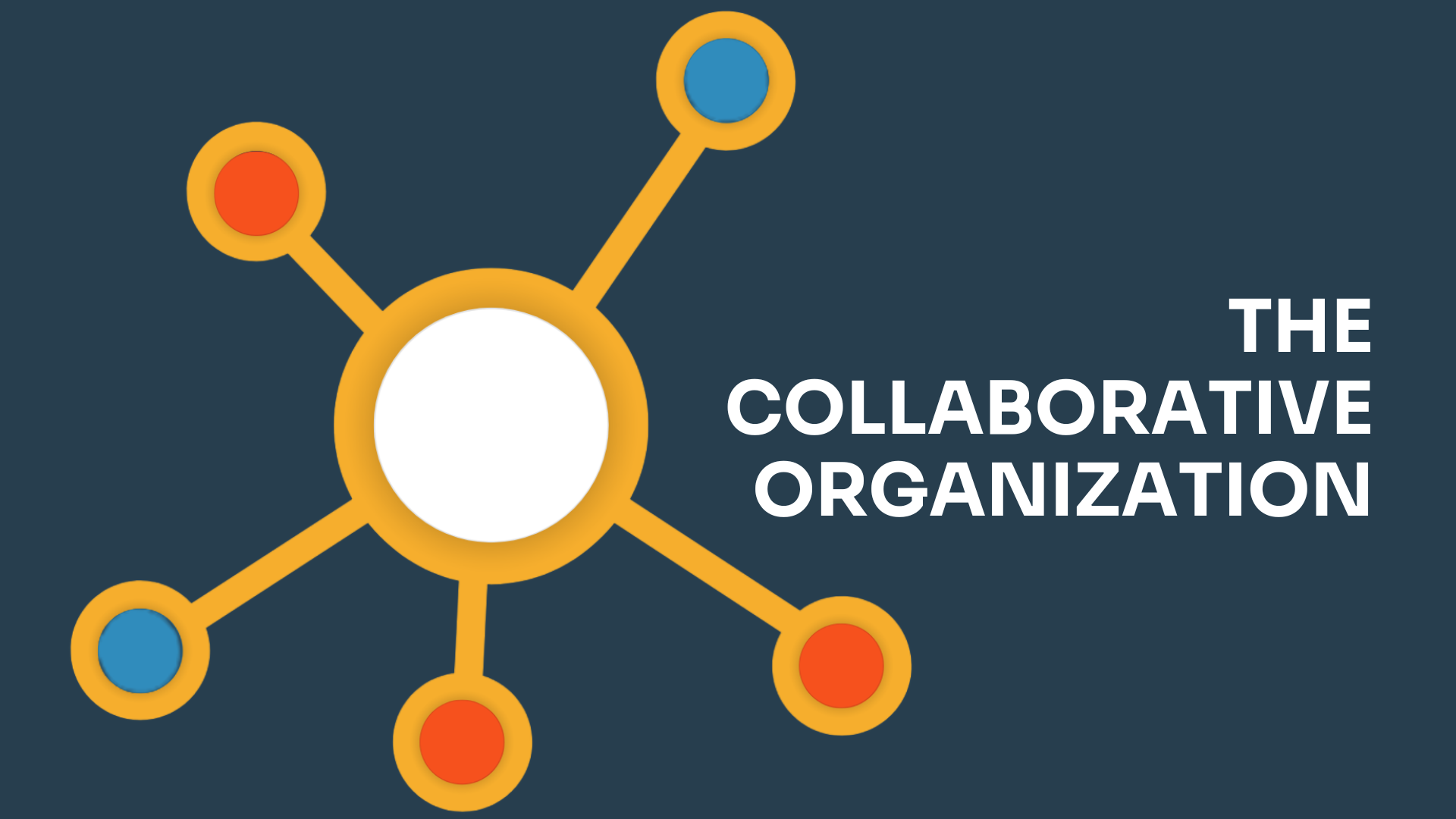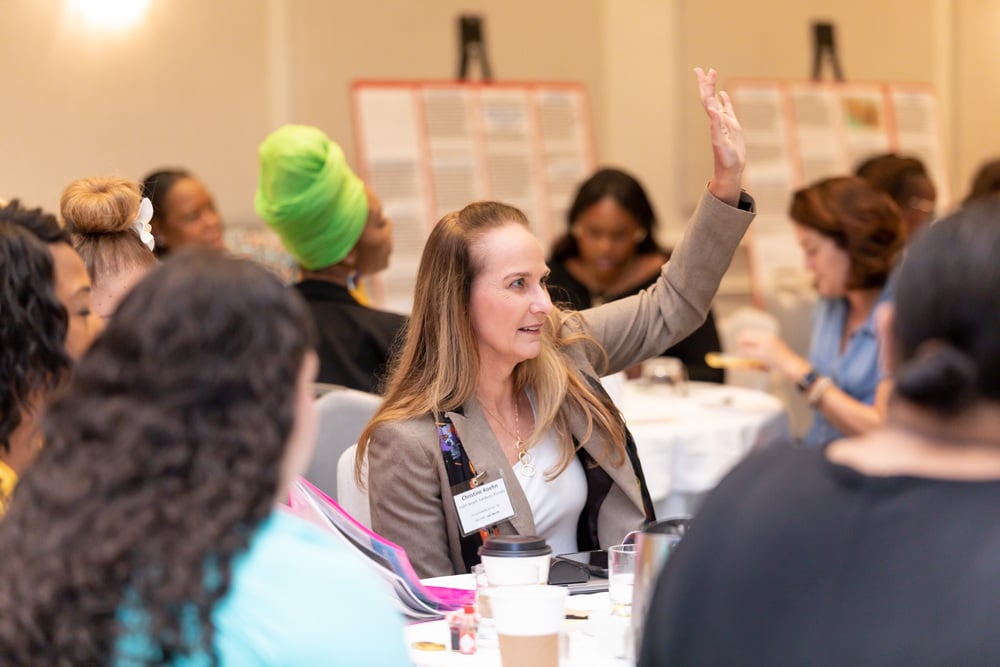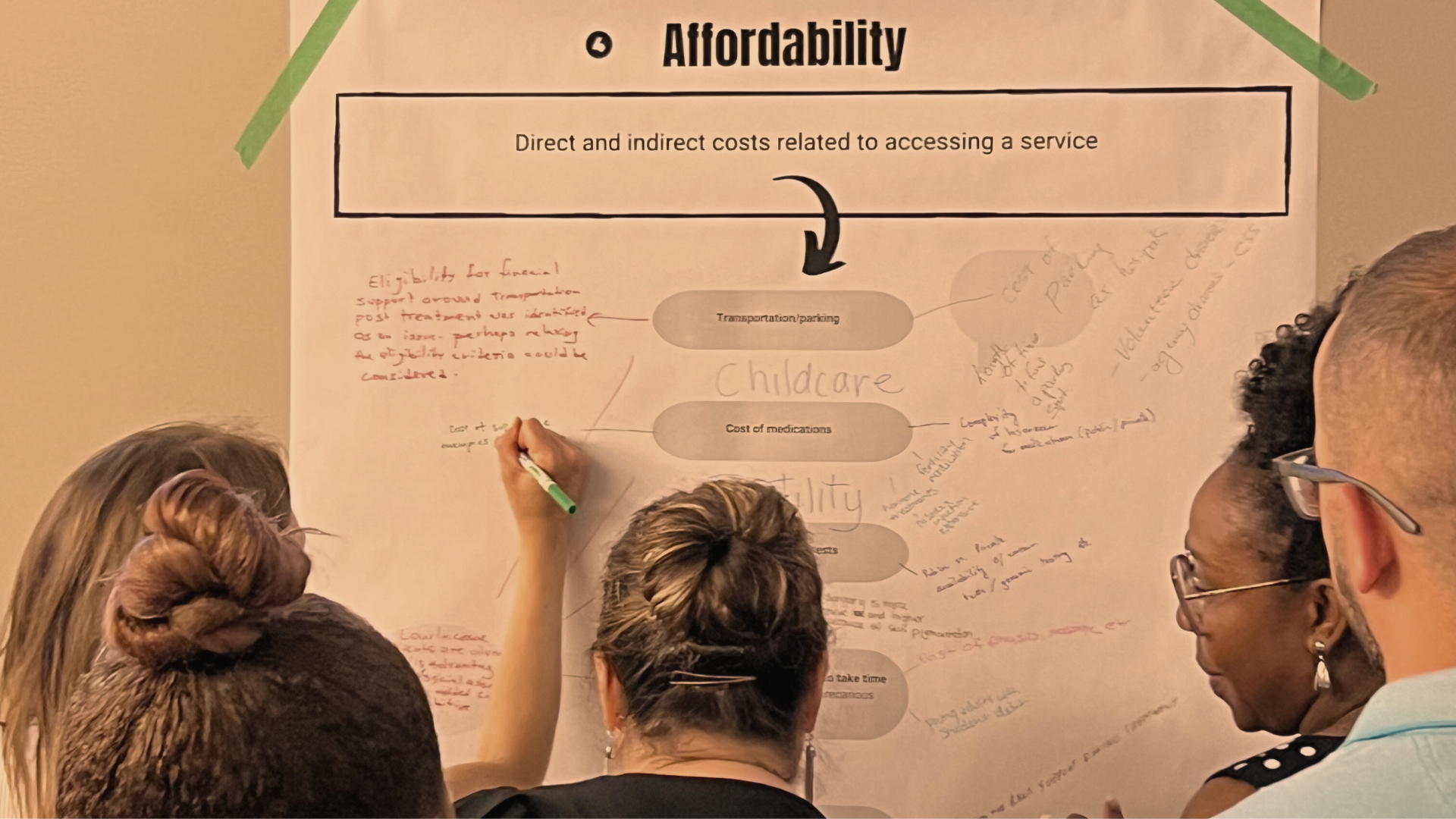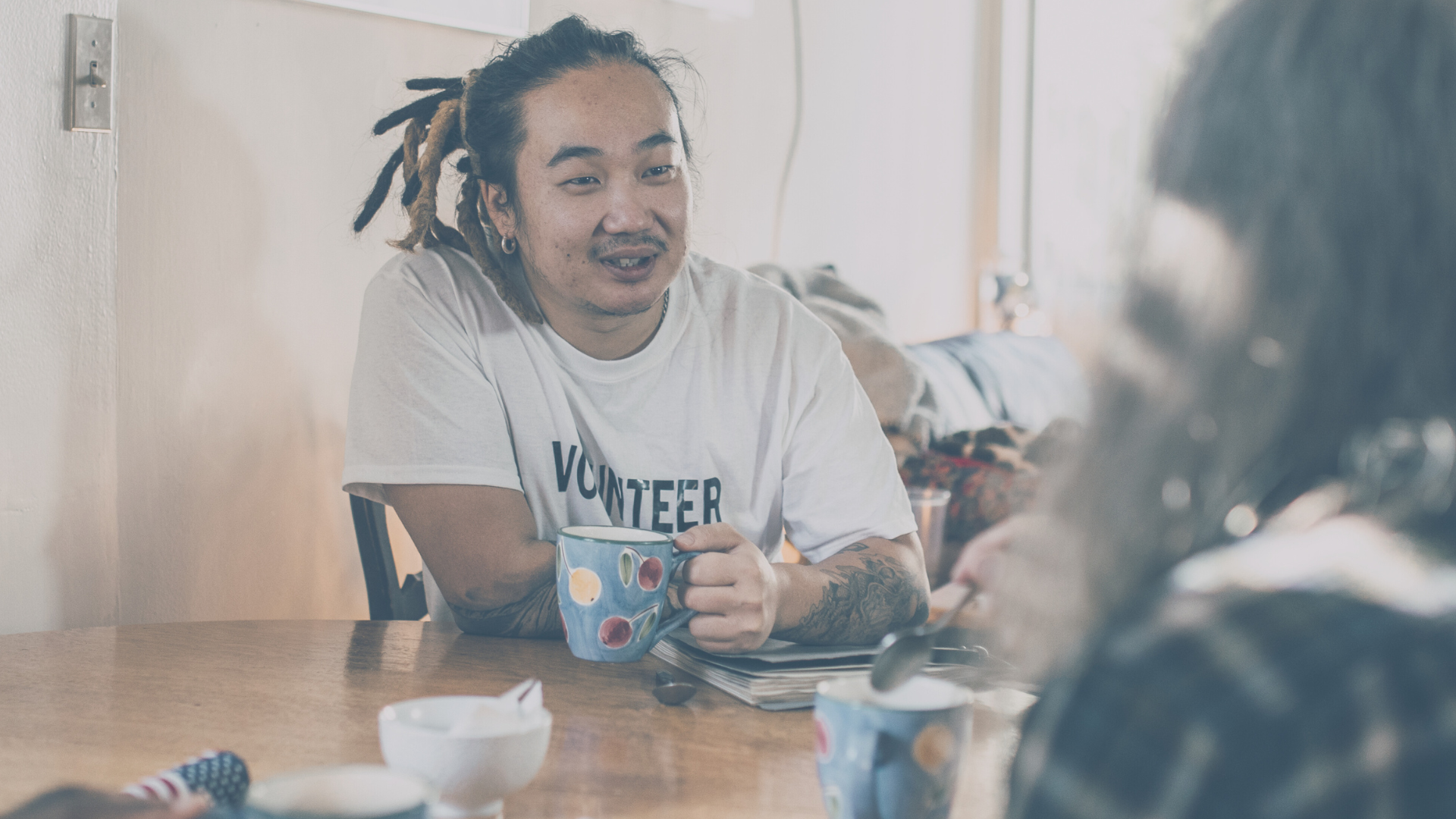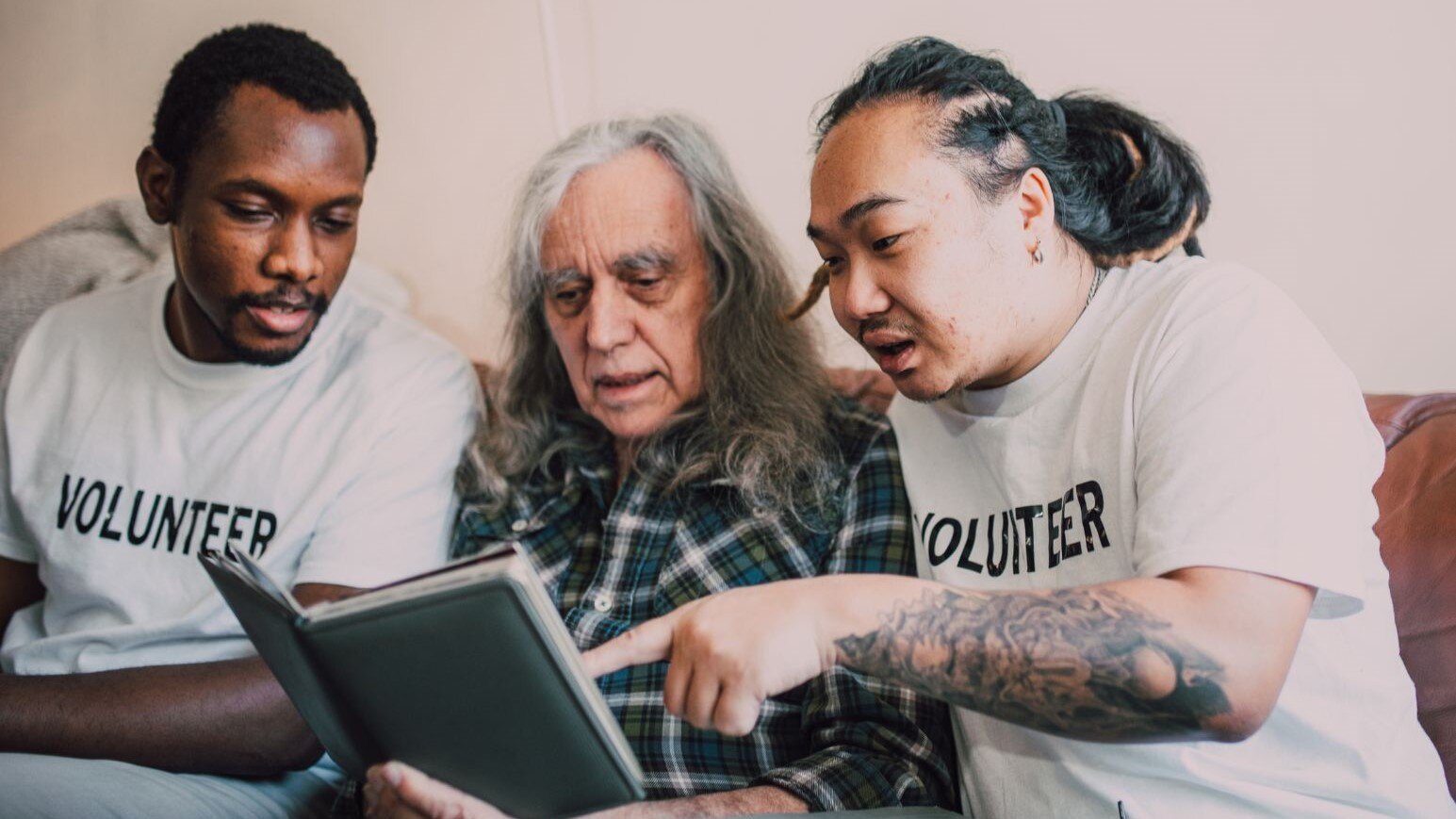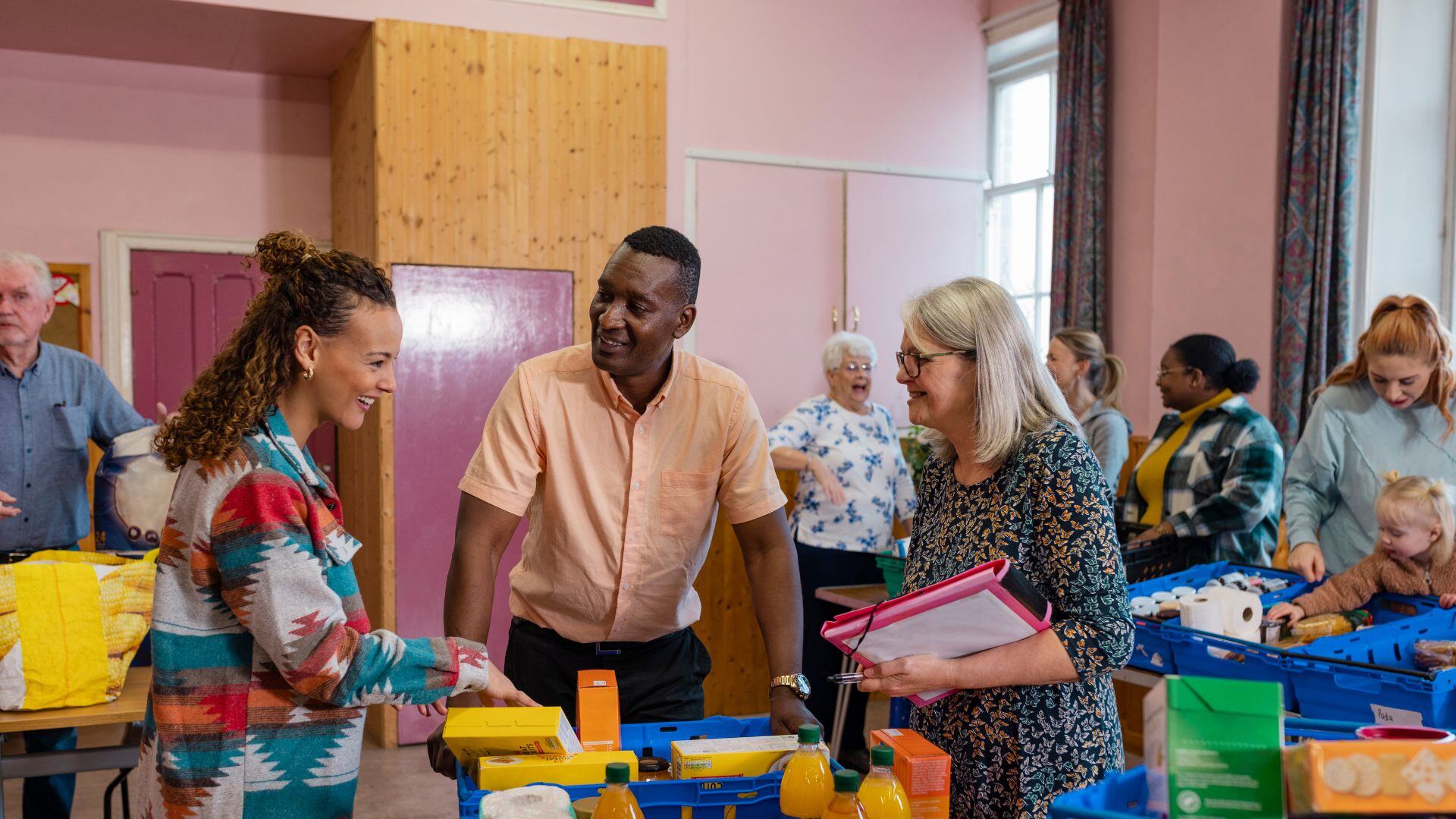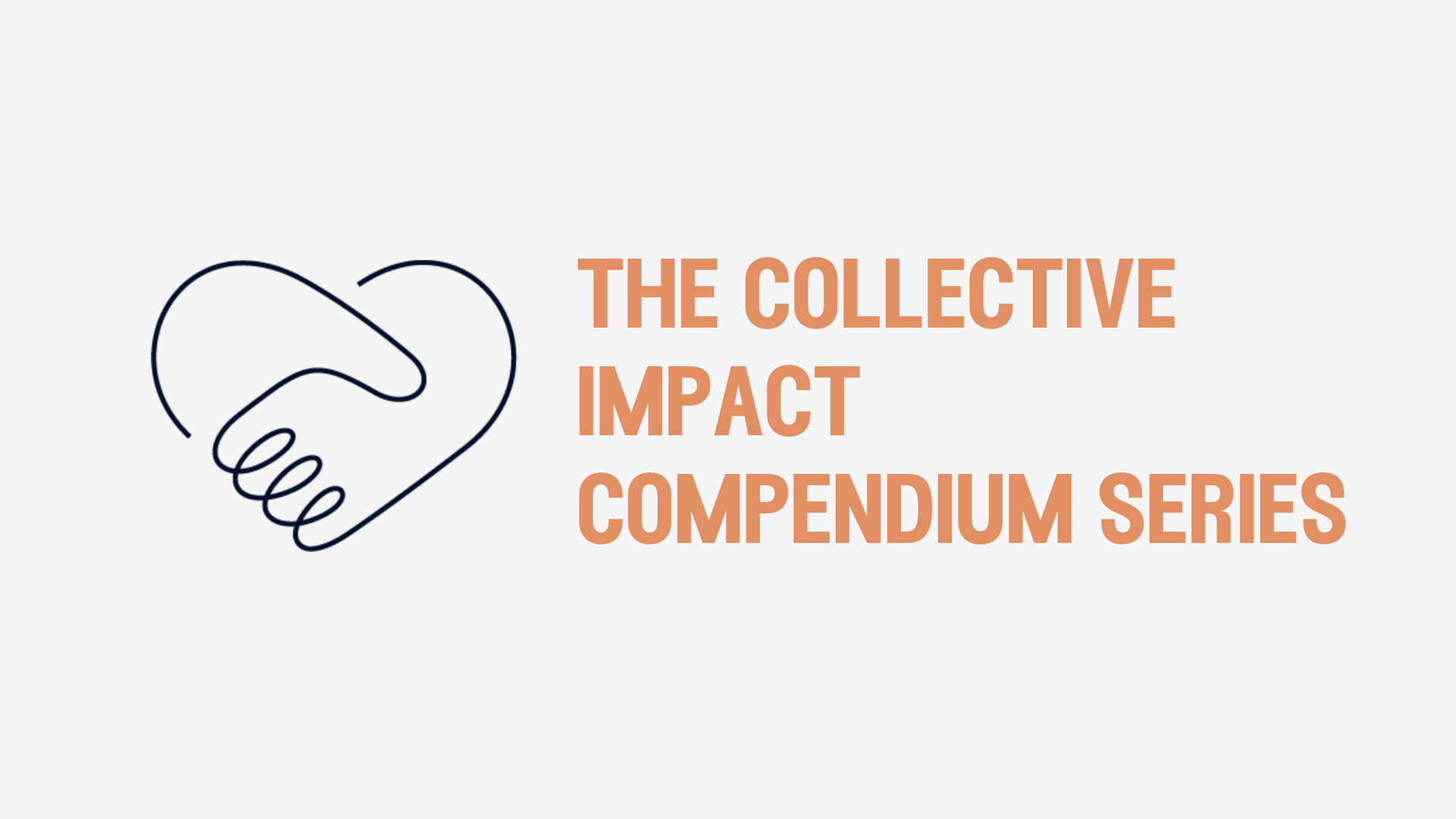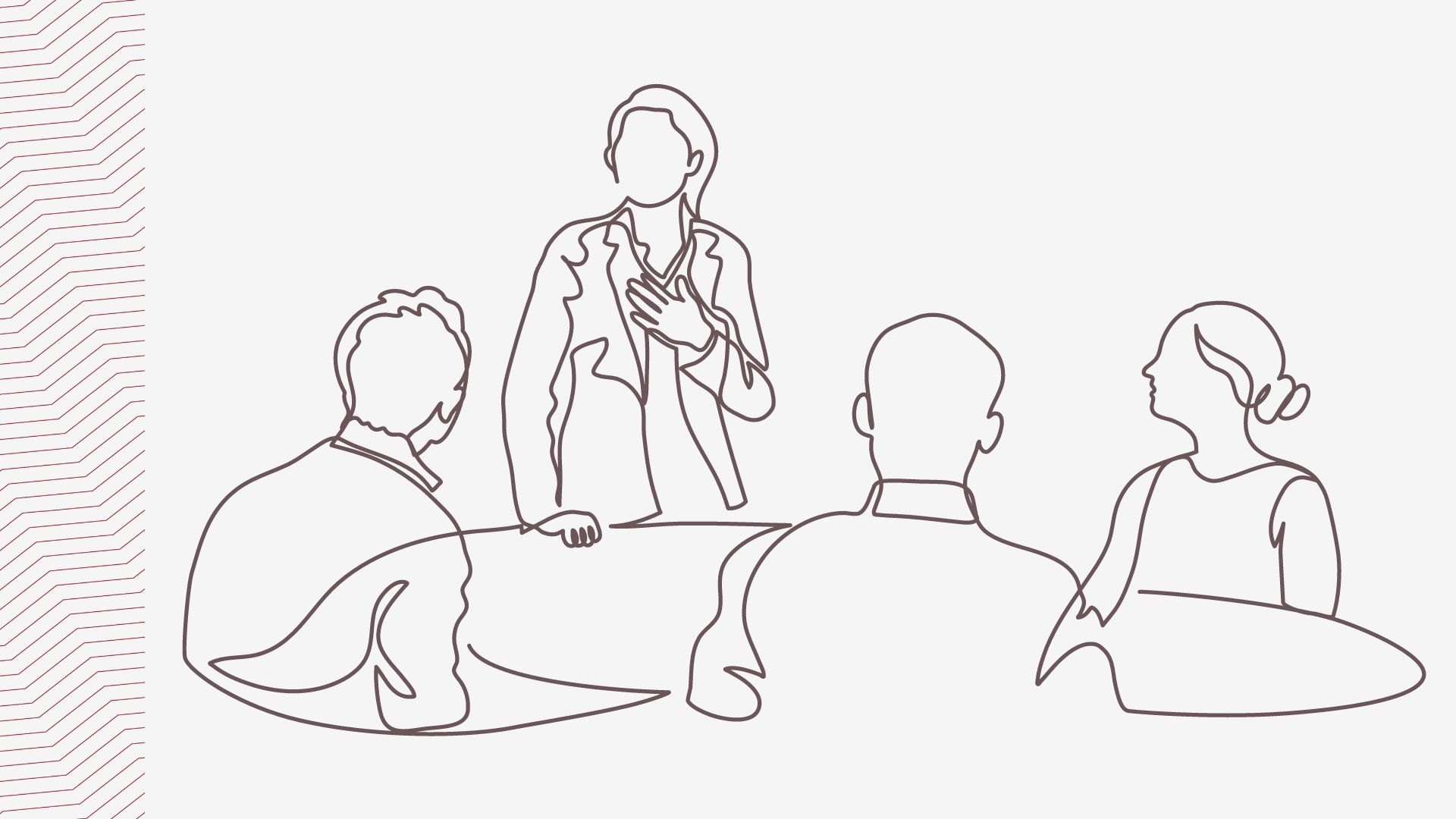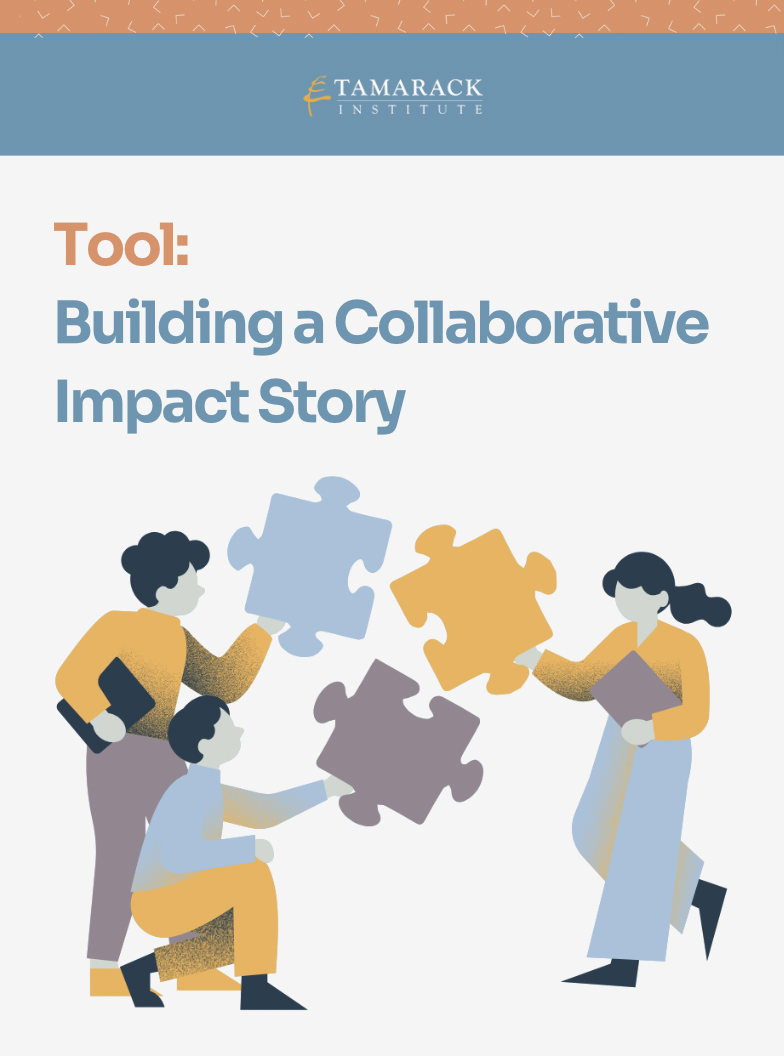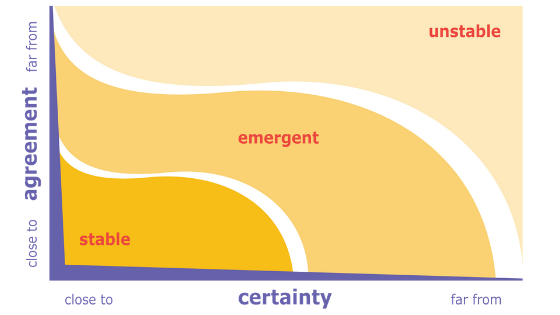Ways to use the Accessibility Matrix:
1. Build a shared understanding of the barriers to accessibility
Engage in learning with your community about what barriers to access are most pressing. Plot user experiences along the Accessibility Matrix to build a shared understanding of where barriers to accessibility exist. This might include:
- Hosting a focus group to invite community members to share their experiences
- Journey mapping with community members to learn about the process involved in seeking support
- Engaging users in empathy mapping to understand how they are thinking, feeling, and responding is the process of seeking support.
- Creating a survey to ask about the perceptions and experiences of seeking support
- Gathering information on intake forms about what enabled users to access the services
- Synthesizing existing data about barriers to accessibility and organize it on the Accessibility Matrix. Ask users to circle which experiences they have had in seeking support and share more about their experiences.
The example below shows user experiences mapped to the Accessibility Factors. 
User experiences could be mapped to the stages of the user journey or to the Accessibility and Ability Factors.
2. Prioritize barriers to access based on impact
After spending time detailing and reflecting on barriers, system users and actors can explore which areas—if they were addressed—would have the greatest impacts.
In the example below, impact is gauged with two lenses:
- Yellow solutions indicate that an intervention would benefit the most amount of people
- Blue solutions indicate that an intervention would benefit people who have been marginalized
Participants were given two yellow and two blue dots and were asked to place them next to the area that would offer the biggest impact.

After gauging priority, engage in a sensemaking conversation with system users and actors about what they see:
- What patterns are you seeing?
- What are you observing about the accessibility of the ecosystem?
- Imagine you gave each accessibility factor a score. Which areas would score higher and lower?
- High-leverage interventions are those that impact a significant number of people AND the most vulnerable. Which areas appear to be high leverage?
Collect insights in a shared space that is visible to all participants. Work together to identify 3-5 strategic intervention areas. Refer to these when crafting strategic questions and exploring specific opportunities.
3. Use the Accessibility Factors and Ability Factors to craft strategic questions
Once your group has developed an understanding of the barriers to accessibility, you can ask more specific and meaningful strategic questions. Instead of asking a broad question such as: How can we improve access to mental health services for youth?; we can ask more specific strategic questions in response to known barriers.
For each barrier/strategic intervention area, generate strategic questions that increase system accessibility (top-down solutions) and/or increase user ability (bottom-up solutions).
Download the PDF version of this tool.
|
Barrier / Strategic Intervention Area |
Increasing System Accessibility |
Increasing User Ability |
|
“There’s a 2-year waitlist” |
What alternate models can we try? For example, walk-in, no appointment needed. |
|
|
“Individual appointments are available but I’d be more comfortable in a peer group setting” |
How can our service offerings be more responsive to a variety of youth preferences? |
How might we build confidence? How can we increase knowledge of peer connector program? |
|
There is distrust in healthcare institutions. |
How might health care providers and community organizations collaborate to provide community support? |
How might lay navigators (non-medical people, trained volunteers) provide support and advocacy to those who face barriers to health care. |
Use the Tool | Crafting “How Might We” Questions
4. Generate opportunities for strategic interventions
Bring system users and actors together to co-design potential solutions. Start by developing a shared understanding of the lived experiences of accessing the system and then imagine what could be different. If available, refer to assets in this brainstorming process to leverage existing resources and increase the sustainability of solutions.
It can be helpful to have two phases of ideation:
- Broad brainstorm - Embrace the possibilities, dream big and think creatively.
- Explore the most compelling ideas for deeply – Prioritize together (read more about different prioritization options) and work in small groups to create a paper prototype of the most promising ideas. See a template for Building Ideas.
5. Use as an evaluation tool
Determine indicators for each accessibility and ability factor and create a dashboard based on the Accessibility Matrix. Track progress as your collaborative group implements systems interventions to increase accessibility
______________________________________________________________
GO DEEPER
Access a PowerPoint with the Accessibility Matrix diagram and definitions of the Accessibility Factors and Ability Factors.
WITH THANKS
Thanks to Jill Burns, Senior Community Health Promoter with the Ottawa Cancer Foundation for sharing the conceptual framework for healthcare access (Accessibility Matrix) with us, and getting curious together about how we can use it as a tool for community engagement and co-design.








